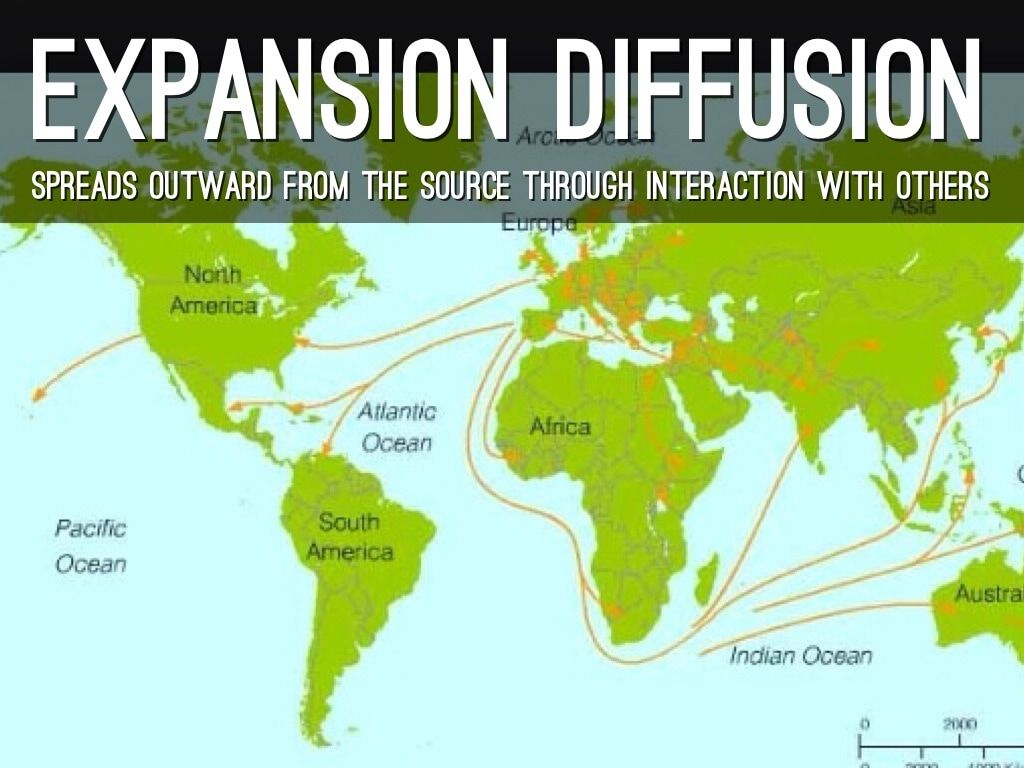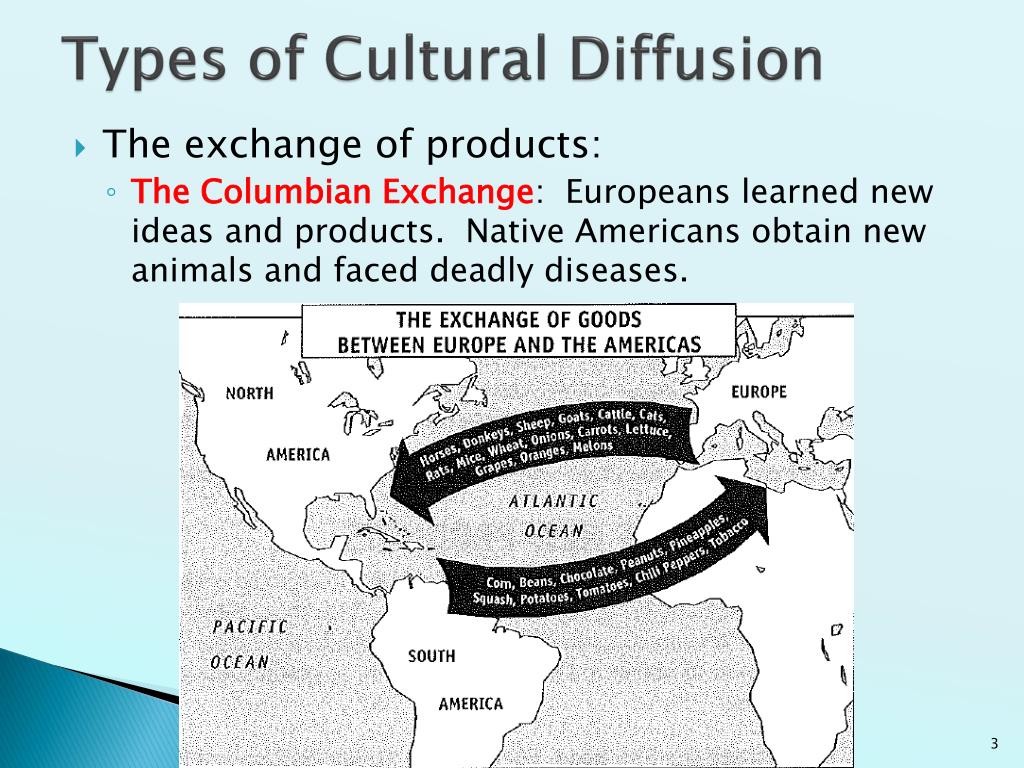The Term Technological Diffusion Is Defined As:

Global economies are undergoing a seismic shift as the speed of technological adoption accelerates, impacting businesses and individuals alike. The core driver? Technological diffusion.
This article breaks down the crucial concept of technological diffusion, examining its implications for everything from market competition to societal development. Understanding this phenomenon is no longer optional; it's essential for navigating the modern world.
Defining Technological Diffusion
Technological diffusion refers to the process by which a new technology spreads throughout a society or market. It's not just about invention, but about the widespread adoption and integration of that invention into existing systems and practices.
Think of the internet: it was invented decades ago, but its diffusion into daily life, commerce, and communication has been a gradual, transformative process.
Key Factors Influencing Diffusion
Several factors determine the rate and extent of technological diffusion. These include the perceived benefits of the technology, its cost, its complexity, and its compatibility with existing infrastructure.
A technology that is expensive, difficult to use, or incompatible with existing systems will likely diffuse more slowly. Conversely, a technology that is affordable, user-friendly, and easily integrated will spread more rapidly.
Network effects also play a significant role. The value of a technology often increases as more people adopt it.
The Diffusion Curve: A Visual Representation
The spread of technology often follows a predictable pattern, visualized as a diffusion curve. This curve typically has five main adopter categories: innovators, early adopters, early majority, late majority, and laggards.
Innovators are the first to adopt a new technology, often driven by curiosity and a desire to be on the cutting edge. Early adopters are opinion leaders who embrace new technologies early on, influencing others to follow suit. The early majority are more pragmatic and adopt technologies once they have proven their value. The late majority are skeptical and adopt technologies only when they become the norm. Finally, laggards are resistant to change and adopt technologies only when they are forced to.
Understanding these categories can help businesses tailor their marketing strategies and target different adopter groups.
Impact on Industries and Economies
Technological diffusion has profound impacts on industries and economies. It drives innovation, increases productivity, and creates new markets. It can also disrupt existing industries and lead to job displacement.
According to a 2023 report by the World Economic Forum, technologies like artificial intelligence and cloud computing are rapidly diffusing across various sectors, leading to significant gains in efficiency and competitiveness.
However, the report also warns of the potential for increased inequality if the benefits of these technologies are not widely shared. Addressing the digital divide and providing access to education and training are crucial for ensuring that everyone can participate in the digital economy.
Examples of Rapid Technological Diffusion
The rapid diffusion of smartphones is a prime example of the power of technology to transform society. Within a few years, smartphones went from being a luxury item to an essential tool for communication, information access, and entertainment.
The adoption of electric vehicles (EVs) is another example of a technology undergoing rapid diffusion. Driven by concerns about climate change and government incentives, EVs are becoming increasingly popular, with sales growing exponentially in recent years.
Data from BloombergNEF indicates that EV sales are projected to surpass internal combustion engine vehicle sales by 2035, demonstrating the accelerating pace of technological diffusion in the transportation sector.
Challenges and Barriers to Diffusion
Despite its benefits, technological diffusion faces several challenges and barriers. These include a lack of infrastructure, a shortage of skilled workers, and regulatory hurdles.
In developing countries, limited access to electricity and internet connectivity can hinder the adoption of new technologies. In developed countries, concerns about data privacy and cybersecurity can slow down the diffusion of digital technologies.
Furthermore, resistance to change from established businesses and individuals can impede the adoption of new technologies.
The Role of Policy and Investment
Governments and businesses can play a crucial role in promoting technological diffusion. By investing in infrastructure, education, and research and development, they can create an environment that is conducive to innovation and adoption.
Policies that encourage competition and reduce regulatory barriers can also accelerate the spread of new technologies.
For example, government subsidies and tax incentives can make new technologies more affordable, while investments in broadband infrastructure can expand access to the internet.
Looking Ahead: The Future of Diffusion
The pace of technological diffusion is expected to continue to accelerate in the coming years. Emerging technologies such as quantum computing, biotechnology, and nanotechnology have the potential to transform industries and economies in ways that are difficult to imagine today.
Understanding the dynamics of technological diffusion will be critical for businesses, policymakers, and individuals who want to thrive in the digital age.
Ongoing research and analysis are essential for tracking the spread of new technologies and identifying the factors that influence their adoption. Staying informed and adapting to change will be key to success in an era of rapid technological advancement.
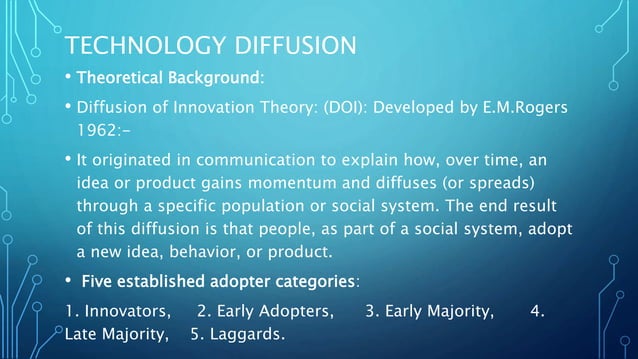

:max_bytes(150000):strip_icc()/diffusion-of-innovations-theory.asp-final-7ffecfaf70054216b54d7d5fe1d17e32.png)
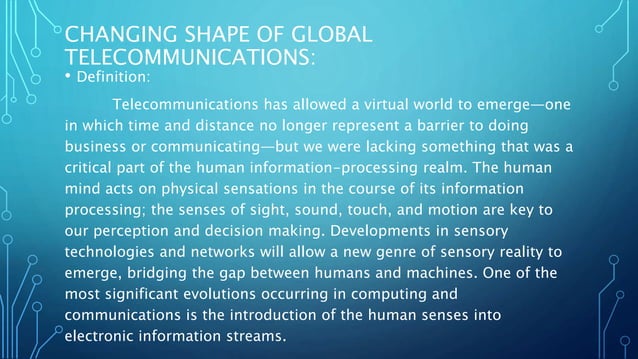
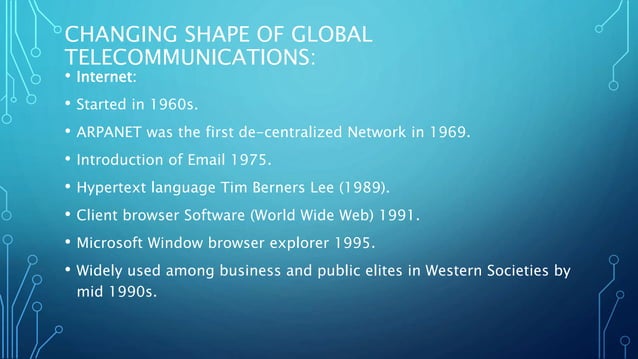


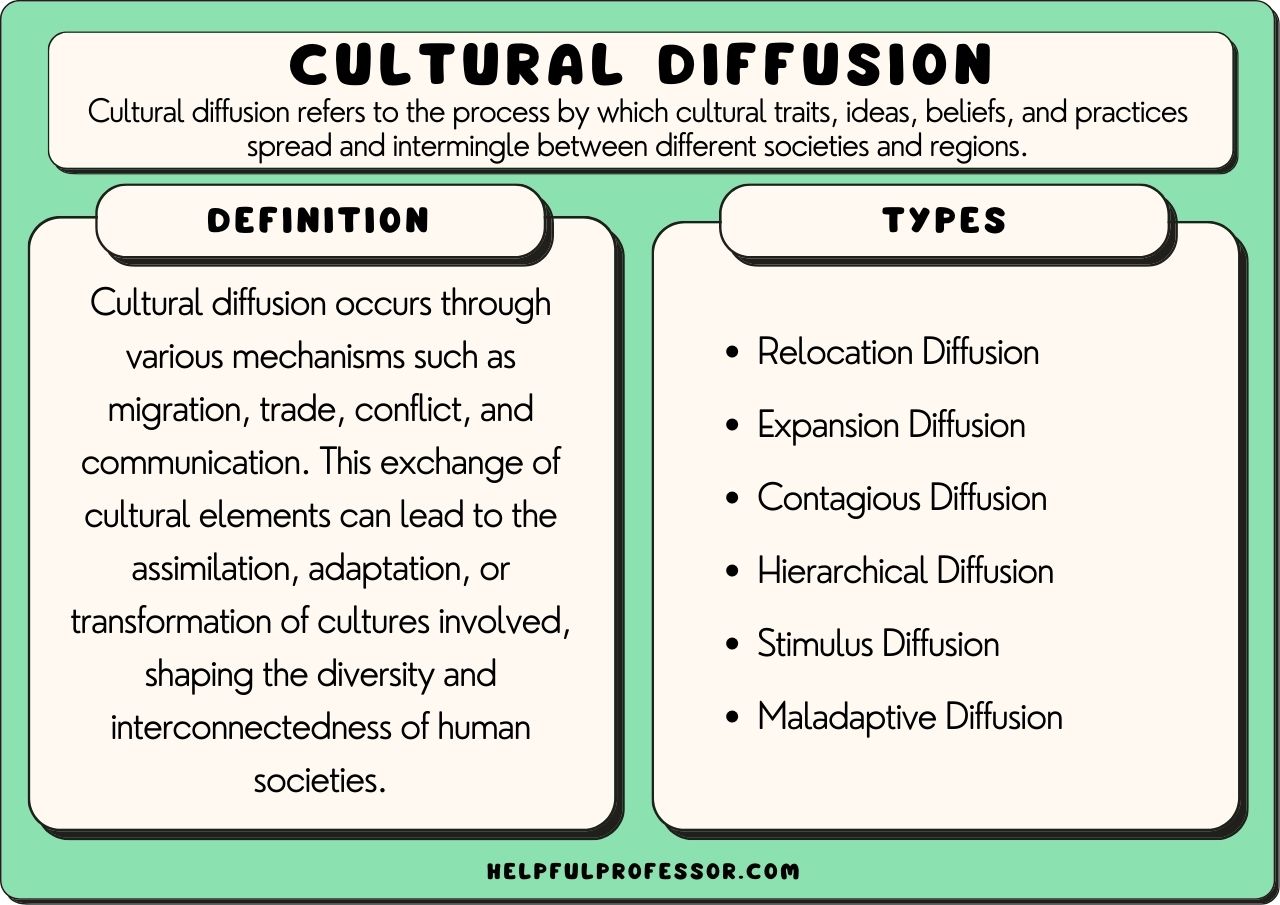
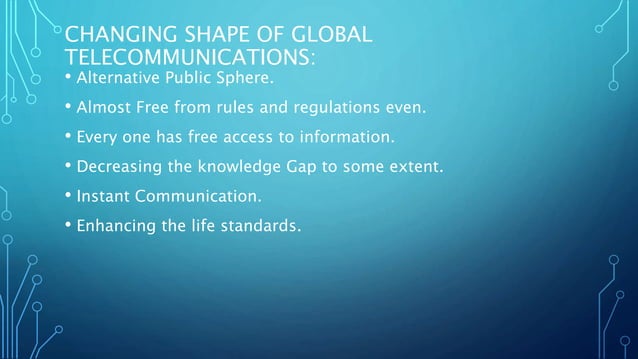





The+net+movement+of+particles.jpg)

